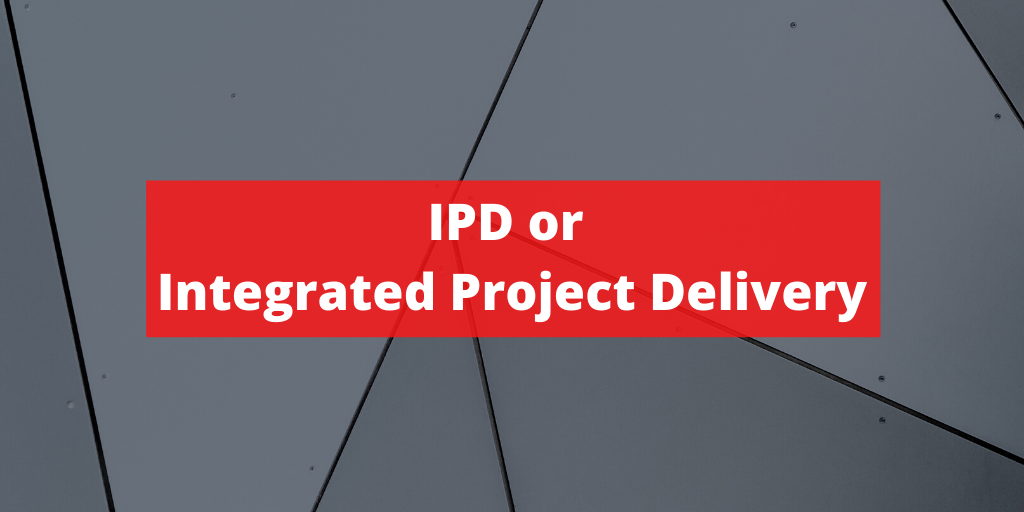What is IPD or Integrated Project Delivery in detail?
In today’s world of rapid development of modern technologies, engineers and project managers can leverage the IPD and VDC processes. IPD stands for Integrated Project Delivery and VDC stands for Virtual Design and Construction.
In this blog post, we will understand the definition of Integrated Project Delivery or IPD.
Integrated Project Delivery or IPD versus Virtual Design and Construction or VDC
IPD concept requires approach to project delivery as a team including architect, engineer, contractor and developer or owner whereas VDC process requires full integration of all elements contained in a project with sharing of design and construction models within the team. Majority of project developers or project owners are considering the traditional delivery methods so IPD is emerging as an important alternative.
What is IPD or Integrated Project Delivery in detail?
IPD is all about the process by which people, business structures, systems and practices are combined together to achieve optimized project outcomes, enhanced efficiencies, reduce waste and gain insights from all stakeholders involved in design, fabrication and construction phases. The initial idea is to identify which team or who is best able to achieve the completion of task, even if the team primary role is different or outside traditional roles. Continuous improvement and staying focused on achieving the project objectives is inbuilt in the process.
The important component of IPD implementation is the roles assigned to team members. Instead of focusing solely on their issues, they are required to focus on what is best in the interest of project. The entire team should be committed to engage in following tasks:
- Collaboration: Behavioral change from independent contract to collective project
- Trust: Reliability to build trust among all parties
- Commitment based management: Focusing on systems and project performance, not just on performance.
- Continuous improvement: Learn instantly from outcomes that comes from uncertainty
Teams and team members are expected to go through the following five phases during the IPD process:
- Establishing objectives, goals and metrics;
- Understanding the design elements and intent;
- Refining the design parameters of project;
- Documenting the process; and
- Execution
The teams’ needs to focus on doing the right thing and doing it right i.e. focusing on who is best to perform certain tasks regardless of their company and role. IPD is about outcome driven, consensus based, multidisciplinary and depends on shared accountability.
Three groups comprises the IPD management structure and help determine its success.
Project Management Team or PMT
They act in collaborative manner and provide management related leadership during the entire design and construction process in concentration to achieve the project outcomes as planned. They are responsible for managing the budget, schedules and administration related aspects of project. They should comprise of owner / developer representatives, project architects, engineers and construction managers.
Senior Management Team
They comprises of executive level representatives from each party that signs the agreement. They are referred to matters by PMT.
Project Implementation Team
They lead the execution, spearheading the innovation and aiming to reduce waste in the process. They are represented by civil engineers, landscape architects, project architects, designers, planners, structural engineers, interior designers, MEP engineers, etc.
Every stakeholder is responsible for meeting the agreed cost of contract involving the financial benefits based on total project outcomes and not on individual group results.
In honest terms, the IPD process is followed on projects from conceptualization through implementation and final handover which is significantly different from non IPD involving projects. IPD results in more intensity, increased team involvement in early phases of design. The design will follow from establishing relationships with project goals to what will be built and how design needs to be realized.
Current project phases such as schematics design, design development, construction drawings, etc creates workflows that has boundaries and are misaligned with collaborative process.

